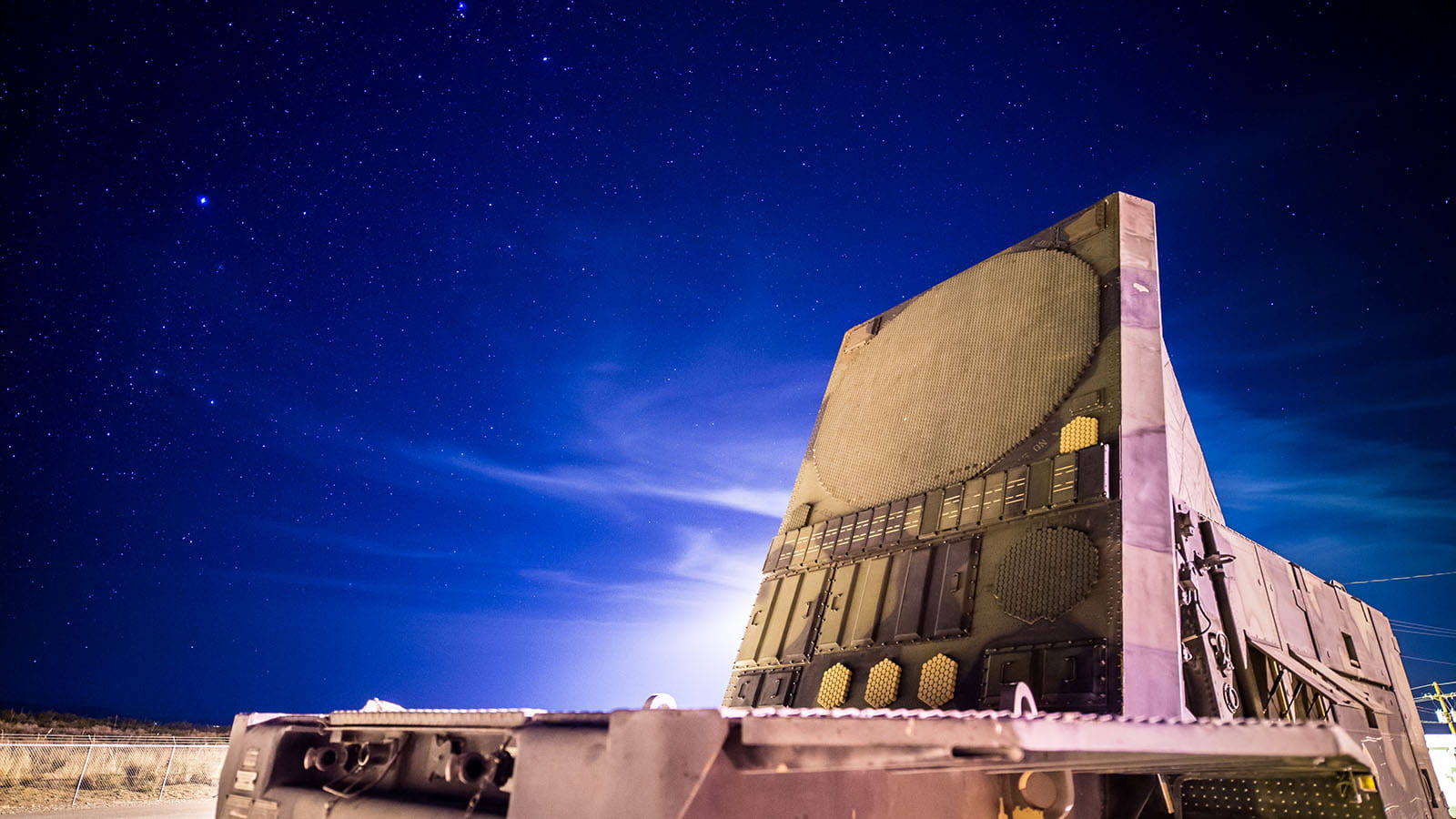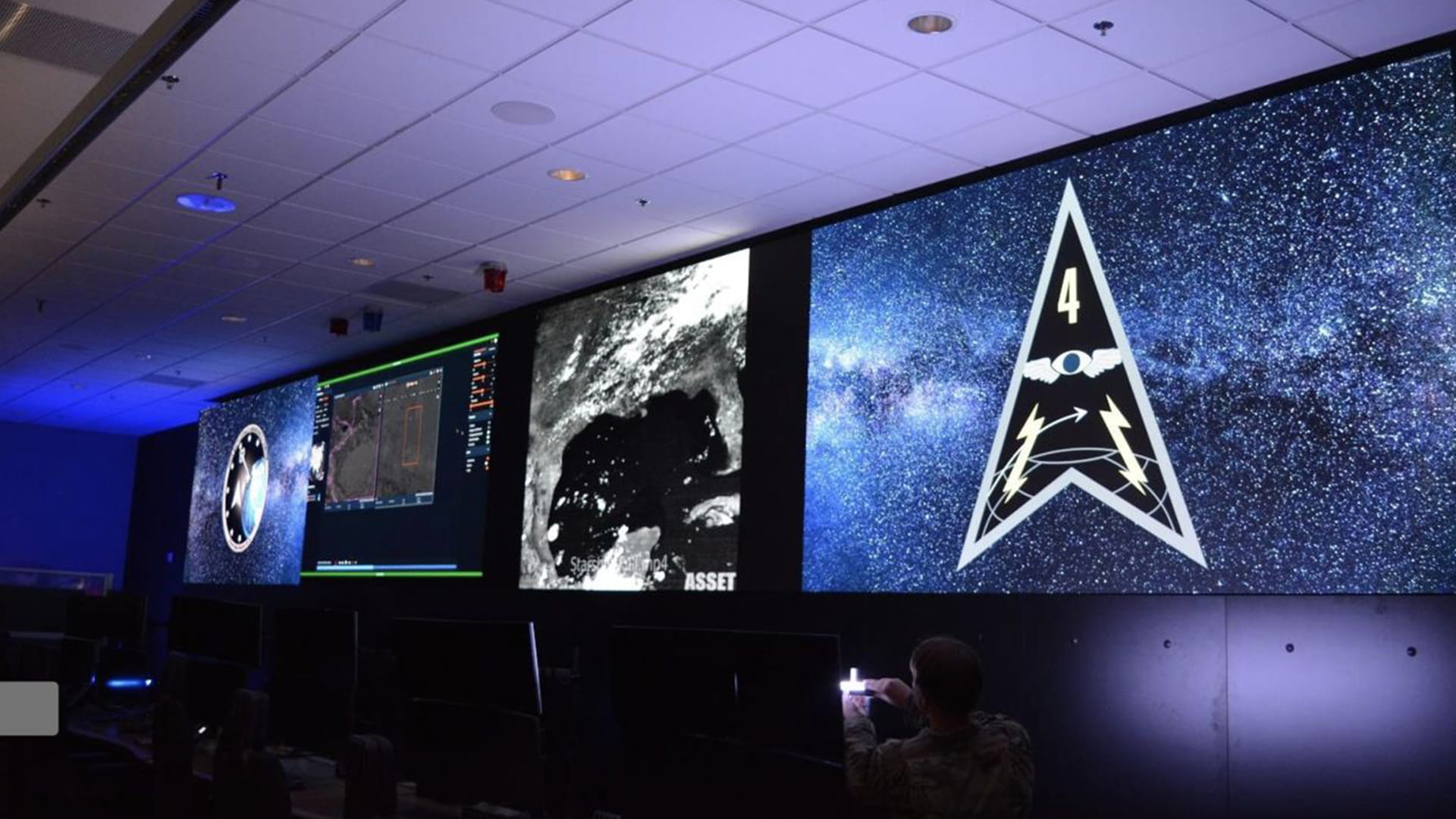The sky is not the limit
Accelerating the evolution of missile defense technologies
When missiles become more dangerous, the technologies that defend against them must become more effective.
The development of interceptor technology must keep pace with today's ever-increasing number of countries with ballistic missiles. Technologies to defend against those missiles include sensors, command and control, and a host of interceptors.
Raytheon Technologies continually evolves its radar systems and Standard Missile interceptors, which include the SM-2™, SM-3® and SM-6®, each designed for a specific part of a layered defense strategy.
“Few missiles are started from scratch,” said Dr. Mitch Stevison, a vice president at Raytheon, a business of Raytheon Technologies. “We've taken the best components of the best systems to create versatile powerhouses like the SM-3 and the SM-6.”
SM-2: Low-altitude pursuit
The SM-2 chases threats closer to the water's surface, defending against anti-ship missiles and aircraft out to 90 nautical miles.
Raytheon Technologies restarted the production line in 2017, when four allies – The Netherlands, South Korea, Australia and Japan – pooled resources to make a "bundle" purchase. The storied missile resumed production, this time in a modernized, reconfigured factory.
The company plans to flight-test the Block IIIB variant from the restarted line in early 2020. The Navy intends to use that version through 2035.
SM-3: From land or sea
The U.S. Navy uses the SM-3 interceptor for regional defense against short-to-intermediate-range ballistic missiles. It can launch from land and at sea.
Raytheon Technologies and Japan’s Mitsubishi Heavy Industries are partnering to make a next-generation IIA variant that's equipped with a new rocket motor, doubling the range of earlier interceptors. The new variant has a larger "kill vehicle" instead of a warhead. It uses sheer impact to knock out an attacking missile.
“We improved the guidance, we improved the propulsion, we improved the sensor,” said Reid Davis, a business development director at Raytheon.
In late 2019, Raytheon Technologies won a $1 billion U.S. Missile Defense Agency contract to produce 62 Block IIA interceptors. The agreement funded production for 2018 and 2019, and a contract for 2020 is forthcoming.
SM-6: Go the distance
The SM-6 is a long-range, multi-mission missile that can strike ballistic missiles and operate from either land or at sea. It can hit in either of two phases of an attacking missile's flight: shortly after launch or in its terminal phase, as it’s falling to earth.
A revamped production line and other efforts brought the SM-6 in ahead of schedule and under budget.
Raytheon Technologies has delivered more than 500 SM-6 missiles to the Navy.
SPY-6: Eyes ahead
Raytheon Technologies' AN/SPY-6(V)1 radar, or SPY-6, works with SM-3 and SM-6 by helping ships detect, acquire and track ballistic missiles and other dangers in the air and on the sea.
SPY-6 is the Navy's family of scalable, next-generation air-and-missile-defense radars. These sensors are being installed on seven classes of ships, including destroyers, large-deck amphibious ships, aircraft carriers and frigates.
In December 2019, the company received a Navy contract to build two additional radar shipsets, bringing the total to nine to be installed on DDG-51 Flight III destroyers.







